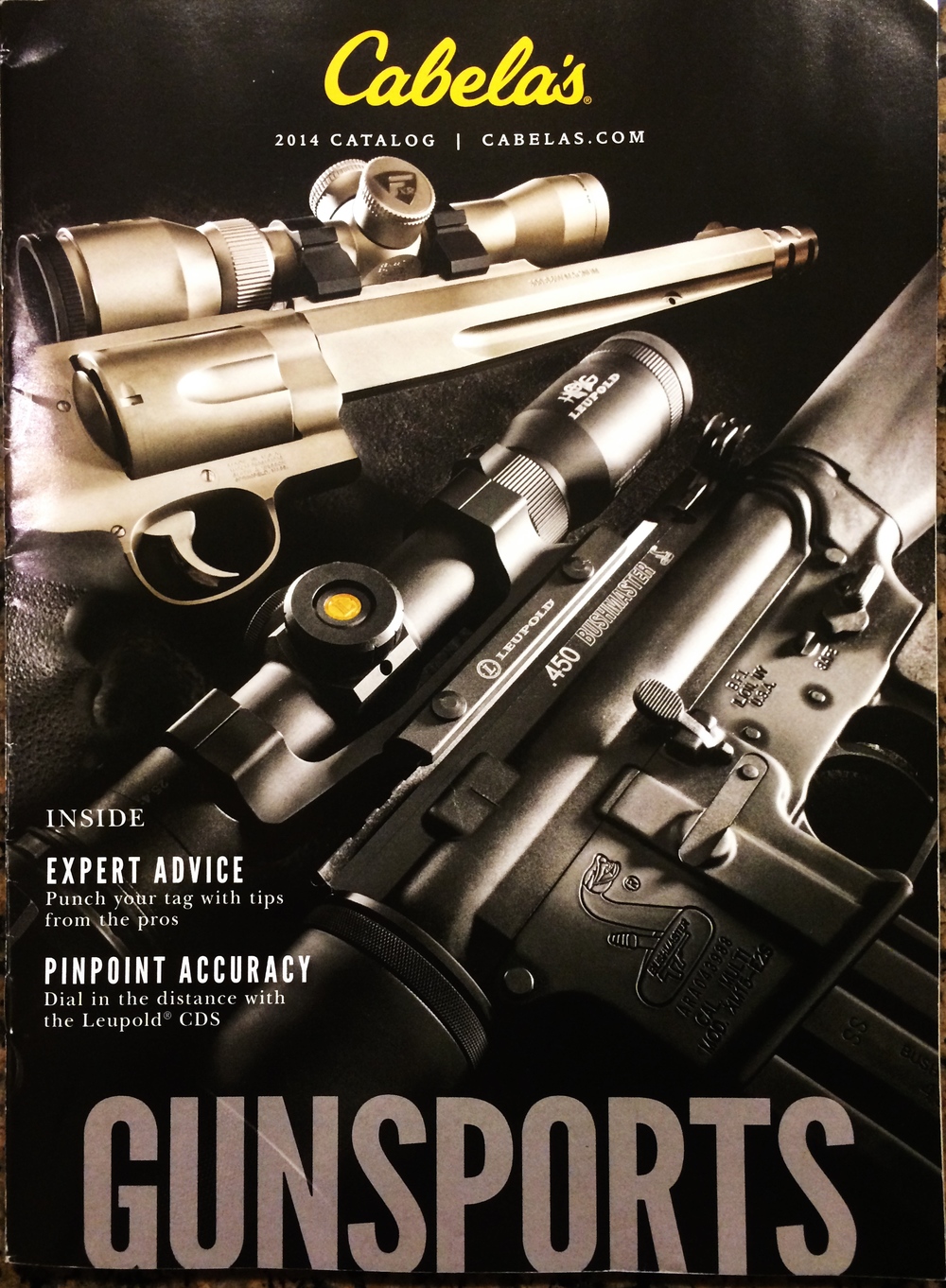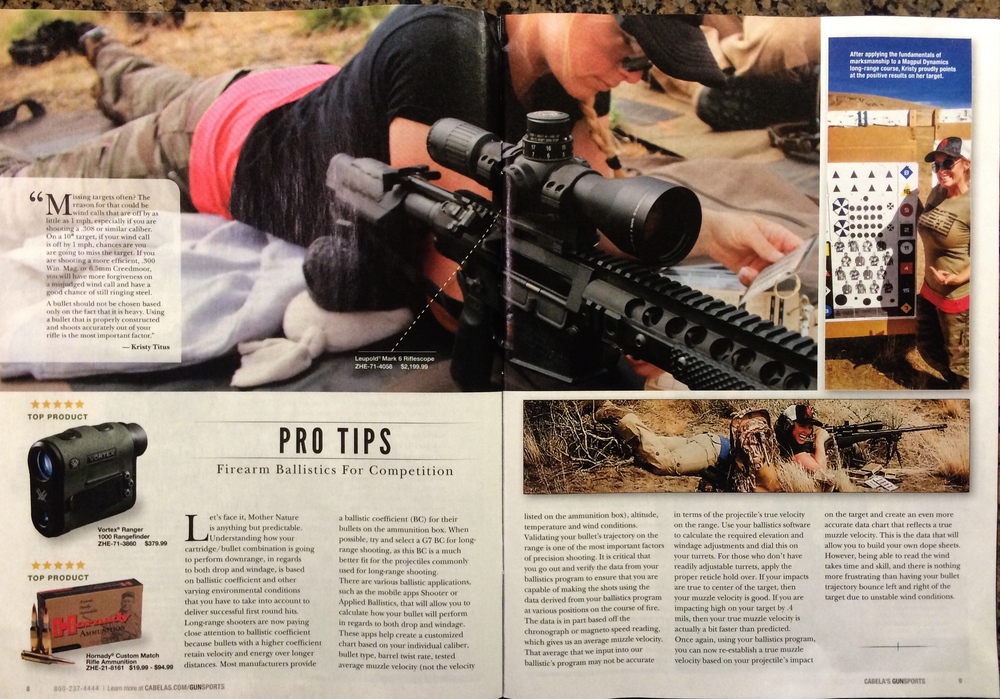
 Firearm Ballistics For Competition
Firearm Ballistics For Competition
Let’s face it Mother Nature is anything but predictable. Understanding how your cartridge/bullet combination is going to perform down range in regards to both drop and windage is based on ballistic coefficient and other varying environmental conditions that we have to take into account when we determine where the flight path of the bullet is going to deliver successful first round hits.
Long range shooters are now paying close attention to ballistic coefficient because bullets with a higher coefficient retain velocity and energy over longer distances. Most manufacturers provide a ballistic coefficient (BC) for their bullets directly on the ammunition box. When possible, try and select a G7 BC for long range shooting, as this BC is a much better fit for the projectiles commonly used for long range shooting.
There are various ballistic applications such as the mobile App Shooter or Applied Ballistics program that will allow us to calculate how your bullet will perform in regards to both drop and windage creating a customized chart based on your individual weapon system caliber, bullet type, barrel twist rate, tested average muzzle velocity (not the velocity listed on the ammunition box), density altitude, temperature and wind conditions.
allow us to calculate how your bullet will perform in regards to both drop and windage creating a customized chart based on your individual weapon system caliber, bullet type, barrel twist rate, tested average muzzle velocity (not the velocity listed on the ammunition box), density altitude, temperature and wind conditions.
Validating your bullets trajectory on the range is one of the most important factors of precision shooting. It is critical that you go out and verify the data from your ballistics program ensuring that you are indeed capable of making the shots from that data derived from your ballistics program at various positions on the course of fire.
The data is in part based off the chronograph or magneto speed reading which gives us an average muzzle velocity. That average that we input into our ballistic program may not be accurate in terms of the projectiles true velocity on the range. Use your ballistics software to calculate the required elevation and windage adjustments and dial this on your turrets. For those that don’t have readily adjustable turrets, apply the proper reticle hold over. If your impacts are true to center of the target then your muzzle velocity is good, if however you are impacting high on your target by .4 mils then your true muzzle velocity is actually a bit faster than predicted.
Once again, using your ballistics program, you can now reestablish a true muzzle velocity based on your projectile’s impact on the target and create an even more accurate data chart that reflects a true muzzle velocity. This is the data that will allow you to build your dope sheets from.
Being able to read the wind however takes time and skill and there is nothing more frustrating than having your bullet trajectory bounce left and right off of the target due to unstable wind conditions.

